Hello, #Vivers! In the entry that we bring you today, we tell you the origin of a word that I am sure that all students of Spanish courses in Spain have used at some time: the name of the country where they are located.
The origins: Spanía and Hispania
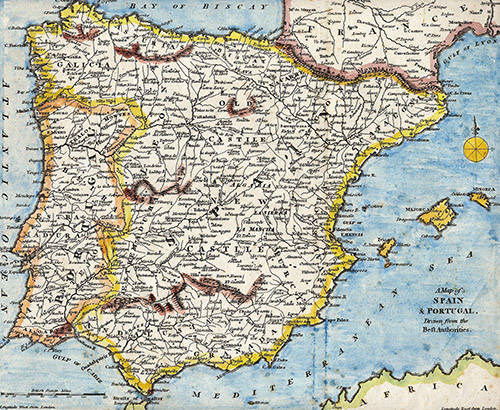 the greek word Spain It is recorded for the first time in the XNUMXst century BC. C. The geographer Artemidorus of Ephesus used it as a variant of the Greek Hispania, which passed into Latin as Hispania. At that same time that name was used by Julius Caesar, who distinguished the Hispanic later, beyond the Ebro River, and the Citerior Hispania, south of the Ebro River. After the union of the kingdoms of Castile and Aragon with the wedding of the Catholic Monarchs, the name of Hispania It began to be used heavily for the country.
the greek word Spain It is recorded for the first time in the XNUMXst century BC. C. The geographer Artemidorus of Ephesus used it as a variant of the Greek Hispania, which passed into Latin as Hispania. At that same time that name was used by Julius Caesar, who distinguished the Hispanic later, beyond the Ebro River, and the Citerior Hispania, south of the Ebro River. After the union of the kingdoms of Castile and Aragon with the wedding of the Catholic Monarchs, the name of Hispania It began to be used heavily for the country.
The origin of the word is not known with certainty. It is believed that it may come from Punic Isephanim, which in this language spoken by the Phoenicians of Carthage meant “island or coast of rabbits”, because the rabbit was a very abundant animal in Andalusia. The Phoenicians founded the oldest city in the West, Cádiz, 3000 years ago. On Roman coins from the time of King Hadrian, Spain was represented as a seated lady, with a rabbit at her feet. Furthermore, the Roman poet Catullus called the Iberian Peninsula Cuniculosa Celtiberia, which meant more or less “Celtiberia, the Hutch”.
Other possible origins of the word
However, some authors claim that the origin of the word is Celtic, because it is related to the fact that the plain region of the Iberian Peninsula has a shape similar to the palm of the hand, which was called chip in the Celtic language, and it is possible that this is the origin of the word Hispania.
There are also other hypotheses about the origin of the word Spain, although they are less credible. For example, the word chip from the Phoenician language, which meant “hidden, hidden.” It is possible that chip derived from the Hebrew word xaphano (hide), because Spain was a distant and hidden country.
Source: The origin of words. Illustrated etymological dictionary. Ricardo Soca.
If you are interested in studying Spanish courses in Spain, in the Luis Vives Spanish School we offer you Spanish classes for all levels. They will surely adapt perfectly to your needs. Luis Vives Spanish School The best option to learn Spanish in the heart of Madrid!



 As you already know, paella is a dry rice dish, with meat, fish, seafood, legumes, etc., typical of the Valencian Community.
As you already know, paella is a dry rice dish, with meat, fish, seafood, legumes, etc., typical of the Valencian Community.
 In Chaldea (a region of Mesopotamia), the inhabitants offered beer to the gods as tribute.
In Chaldea (a region of Mesopotamia), the inhabitants offered beer to the gods as tribute.
 In addition, this day the most important literary prize in Spanish is awarded, the
In addition, this day the most important literary prize in Spanish is awarded, the 

 Christmas tree
Christmas tree
 As we have mentioned previously, the nap is a time of rest and relaxation, which allows you to regain strength for the afternoon, thereby significantly increasing performance. We all need time to rest throughout the day.
As we have mentioned previously, the nap is a time of rest and relaxation, which allows you to regain strength for the afternoon, thereby significantly increasing performance. We all need time to rest throughout the day.
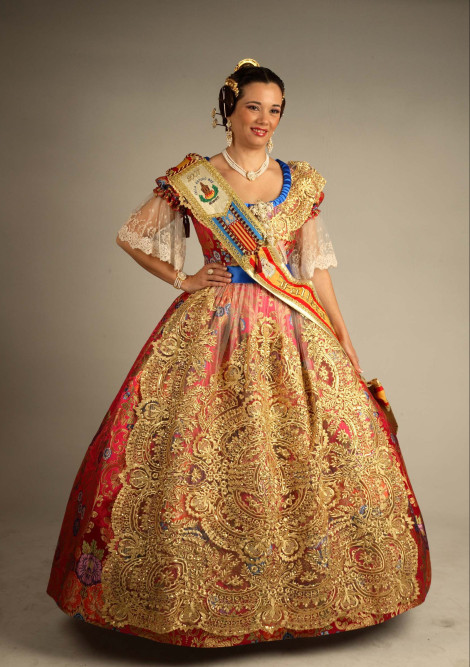
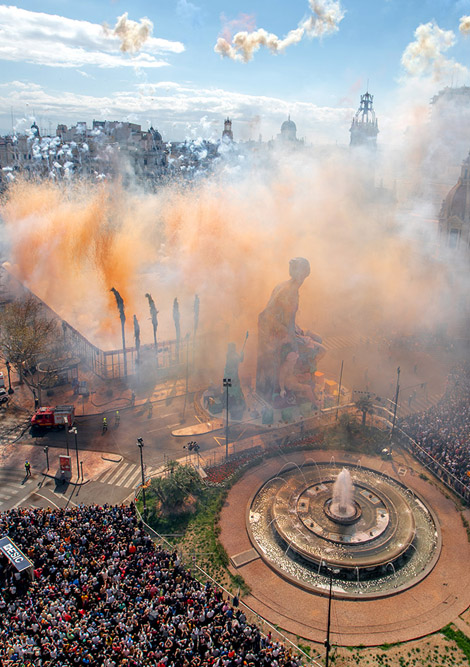
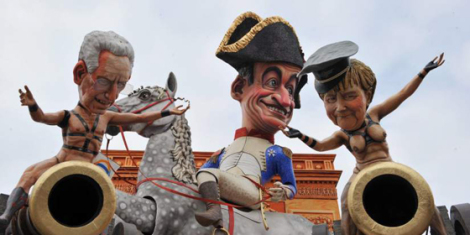

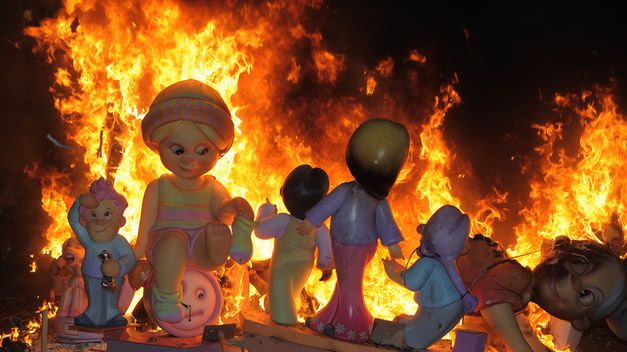

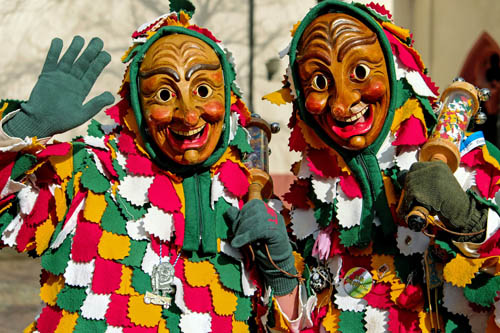 Although the true origins of Carnival are still unknown, historians estimate that the first celebrations that would later take the name Carnival took place years before the birth of Christ and have their origins in festivals related to agriculture. It seems that farmers gathered in summer with masked faces and fully painted bodies, around a bonfire, to celebrate the fertility and productivity of the soil, or to ward off evil spirits from the harvest.
Although the true origins of Carnival are still unknown, historians estimate that the first celebrations that would later take the name Carnival took place years before the birth of Christ and have their origins in festivals related to agriculture. It seems that farmers gathered in summer with masked faces and fully painted bodies, around a bonfire, to celebrate the fertility and productivity of the soil, or to ward off evil spirits from the harvest. Quickly, the carnival reached Venice, and from there, it spread throughout the world. Little by little, its characteristics were shaped, depending on the customs of each country. Each city incorporated the habits of its culture. But, in general, carnival is defined through masks, costumes, floats, parades and dances, something common in all celebrations, regardless of the place where the Carnival celebration takes place. In fact, currently the Venice carnival is one of the best known in Europe. The tradition began when the nobility began to dress up to go out and mix with the people. The masks are the most important element of this characteristic carnival. Since then, this tradition spread throughout Europe, and later throughout Latin America thanks to Spanish and Portuguese navigators, starting in the XNUMXth century.
Quickly, the carnival reached Venice, and from there, it spread throughout the world. Little by little, its characteristics were shaped, depending on the customs of each country. Each city incorporated the habits of its culture. But, in general, carnival is defined through masks, costumes, floats, parades and dances, something common in all celebrations, regardless of the place where the Carnival celebration takes place. In fact, currently the Venice carnival is one of the best known in Europe. The tradition began when the nobility began to dress up to go out and mix with the people. The masks are the most important element of this characteristic carnival. Since then, this tradition spread throughout Europe, and later throughout Latin America thanks to Spanish and Portuguese navigators, starting in the XNUMXth century.

